Are you ready to take your cross-departmental collaboration to the next level? In today's fast-paced work environment, breaking down silos and fostering teamwork across departments is more important than ever. By joining forces, we can leverage our diverse skills and perspectives to achieve our common goals more efficiently. So, grab a cup of coffee and dive into the details of how we can kick off this exciting collaboration!

Clear objectives and goals
Effective cross-departmental collaboration begins with establishing clear objectives and goals. When departments such as Marketing, Sales, and Product Development come together, shared goals ensure all teams work toward the same outcomes. Identifying specific metrics, such as increasing customer engagement by 20% or launching a new product line within six months, provides a concrete framework for collaboration. Defining roles and responsibilities helps streamline communication, ensuring each department understands its contributions toward objectives. Regular check-ins and progress assessments, possibly through bi-weekly meetings, maintain alignment and allow for quick adjustments to strategies as needed. Clarifying these elements fosters unity and enhances synergy among diverse teams.
Key stakeholders and roles
The kickoff for cross-departmental collaboration involves key stakeholders such as project managers, team leaders, and subject matter experts. Each stakeholder brings essential roles to the collaboration effort. Project managers lead the initiative, ensuring alignment of objectives and timelines across departments like marketing, engineering, and finance. Team leaders facilitate communication, fostering an environment of cooperation among diverse teams. Subject matter experts provide specialized knowledge, crucial for decision-making and problem-solving in areas such as technology, user experience, and compliance. Effective collaboration enhances project efficiency, promotes innovation, and drives overall organizational success, particularly in dynamic sectors like technology and healthcare.
Communication strategy and channels
Effective cross-departmental collaboration starts with a clear communication strategy that fosters transparency and engagement. Regular meetings (weekly or bi-weekly) should be scheduled to ensure alignment among team members from different departments, such as Marketing, Sales, and Product Development. Utilizing collaboration tools like Slack for real-time messaging and Asana for task management can enhance communication efficiency. Additionally, establishing a centralized document repository on platforms like Google Drive or SharePoint is essential for sharing key resources and updates. Feedback loops, implemented through surveys or suggestion boxes, encourage continuous improvement of communication methods, ensuring all voices are heard. This structured approach can significantly improve project outcomes and strengthen interdepartmental relationships.
Project timeline and milestones
The project timeline for the cross-departmental collaboration initiative spans six months, with critical milestones set at each phase. The kickoff meeting, scheduled for October 15, 2023, will lay the groundwork for project alignment among departments. Key deliverables include a comprehensive project plan by November 15, 2023, and the development of initial prototypes by January 31, 2024. Regular progress reviews will occur bi-weekly, ensuring all teams remain aligned with objectives and deadlines. The final evaluation and presentation of outcomes are set for April 30, 2024, marking the completion of this collaborative effort. Key stakeholders from each department will provide feedback during milestone reviews to enhance synergy and productivity.
Resources and support needed
Cross-departmental collaboration initiatives often require extensive resources and support for successful implementation. Identifying key resources such as skilled personnel, departmental budgets, and technological tools can greatly impact collaboration outcomes. For instance, teams may need access to project management software like Trello or Asana for effective communication and task tracking. In addition, establishing regular meetings or workshops, possibly through platforms like Zoom or Microsoft Teams, can foster engagement and shared understanding among departments. It is crucial to outline the specific support needed from each department, such as input from marketing, financial backing from finance, or technical assistance from IT. These elements collectively contribute to a successful launch of collaborative projects, ensuring that all departments work towards common organizational goals.

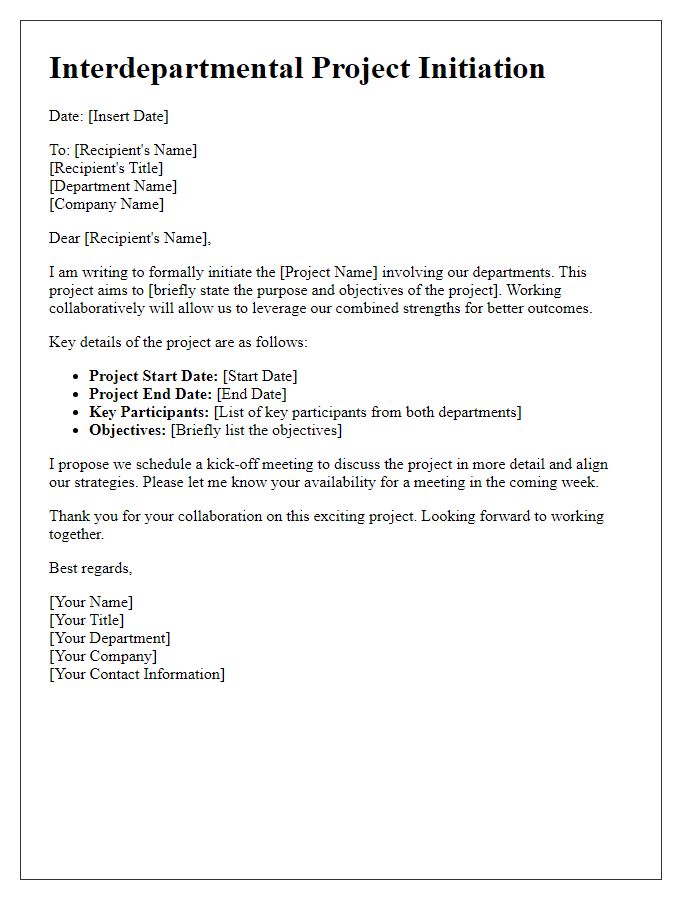
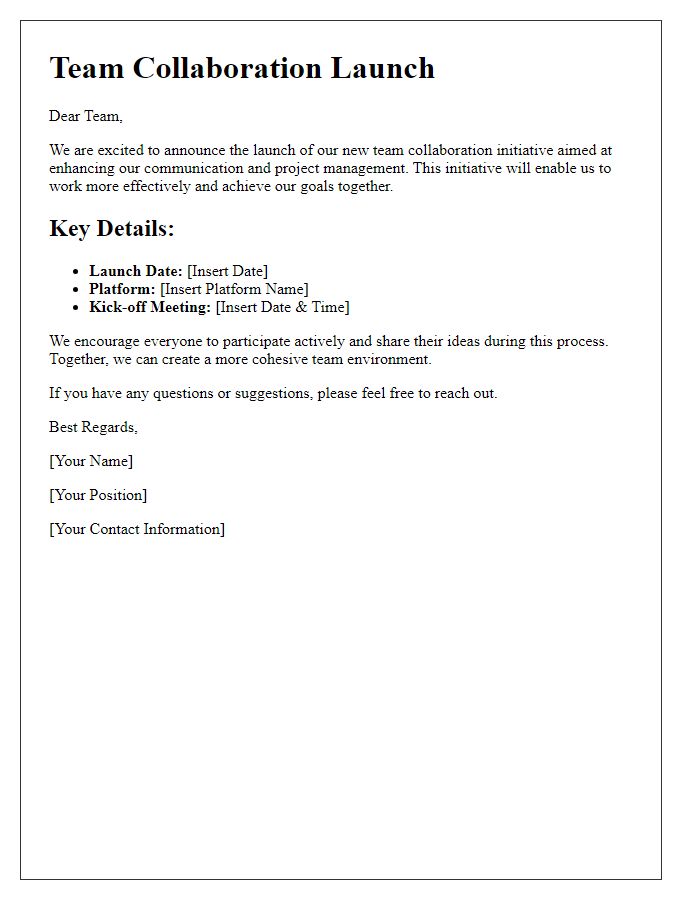
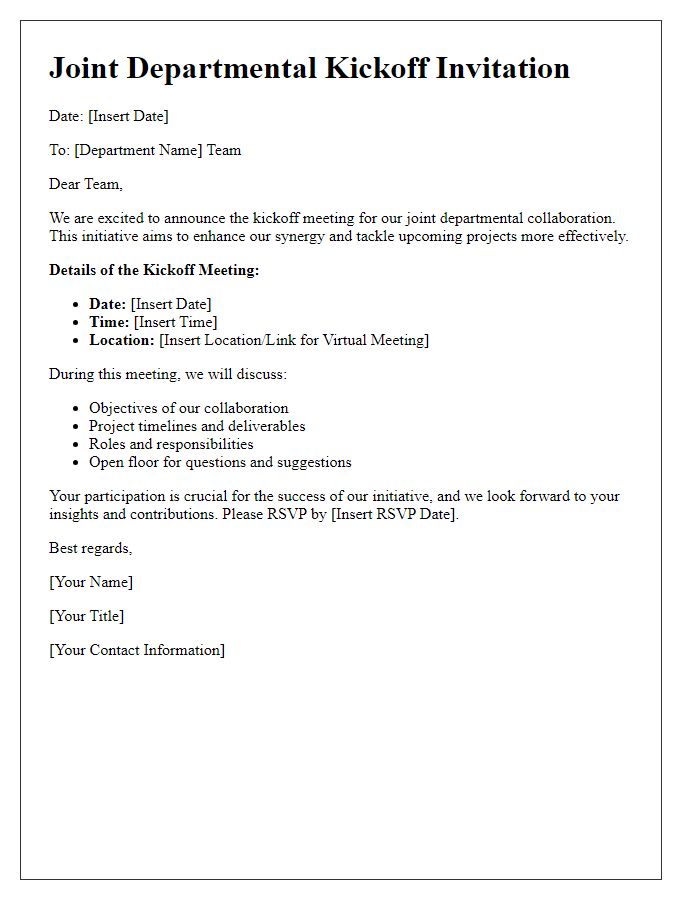
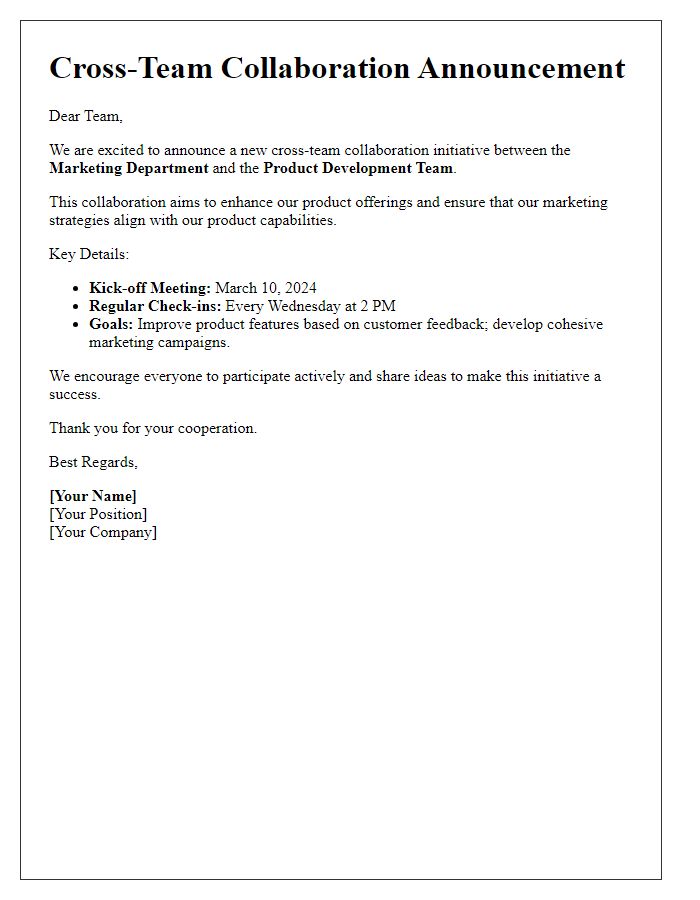
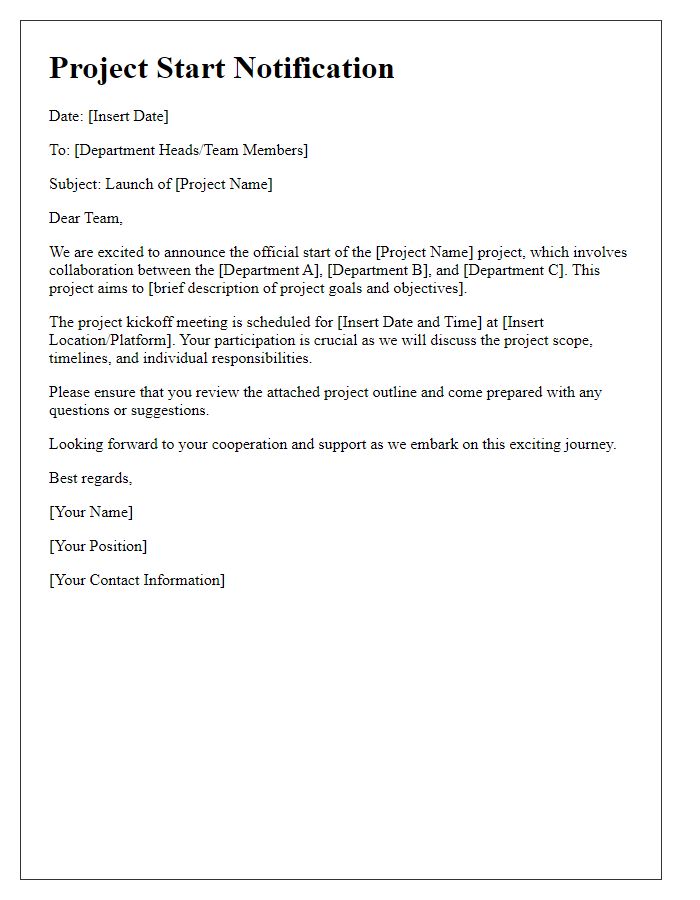
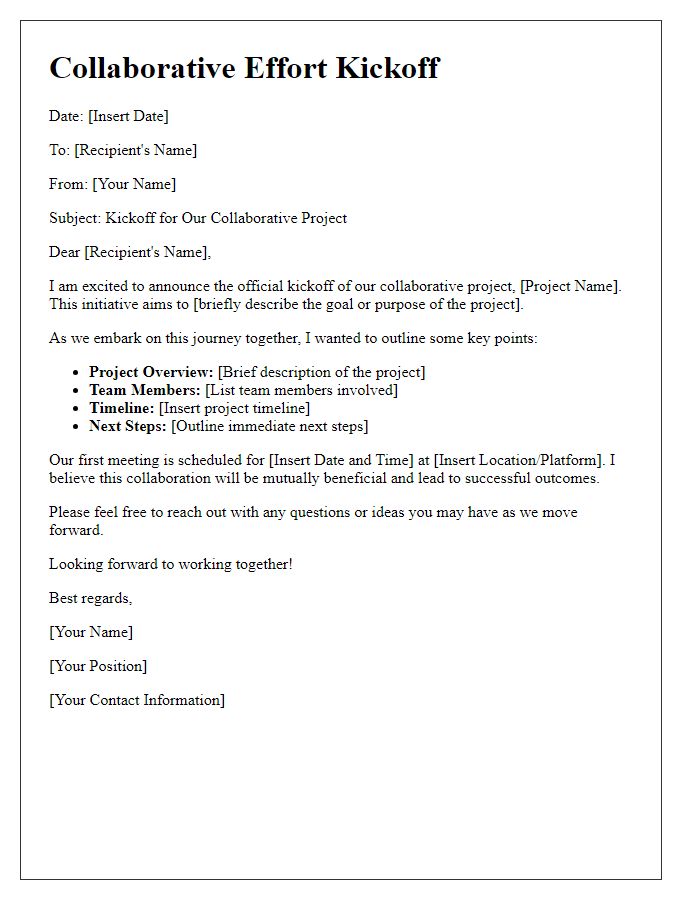
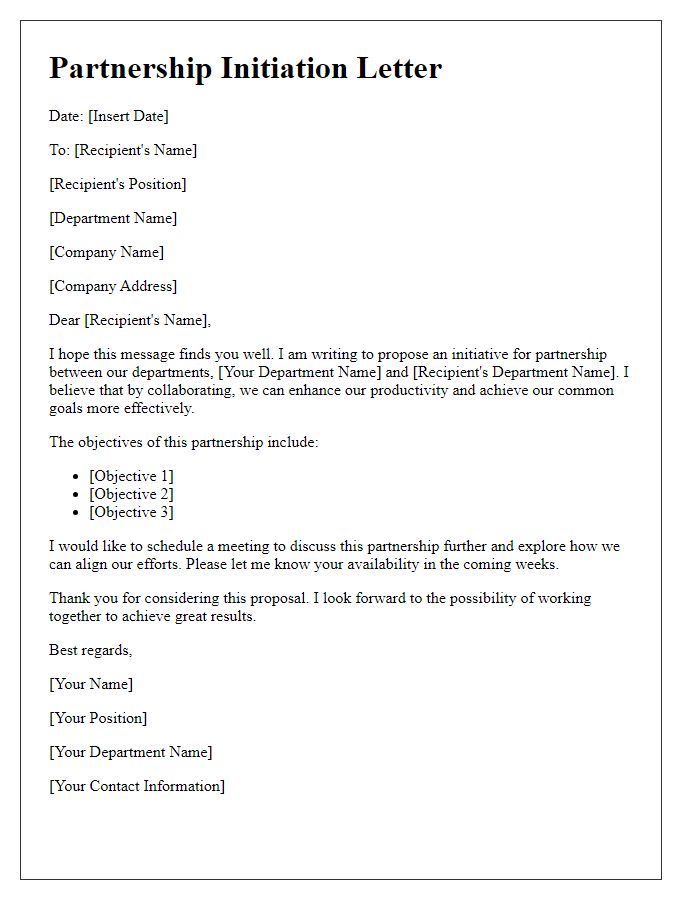
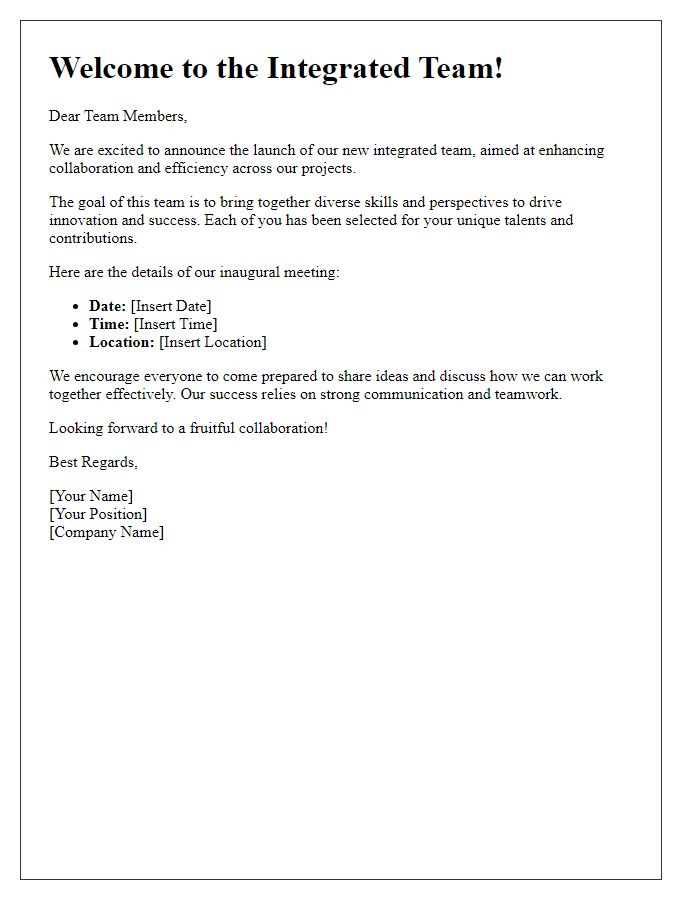
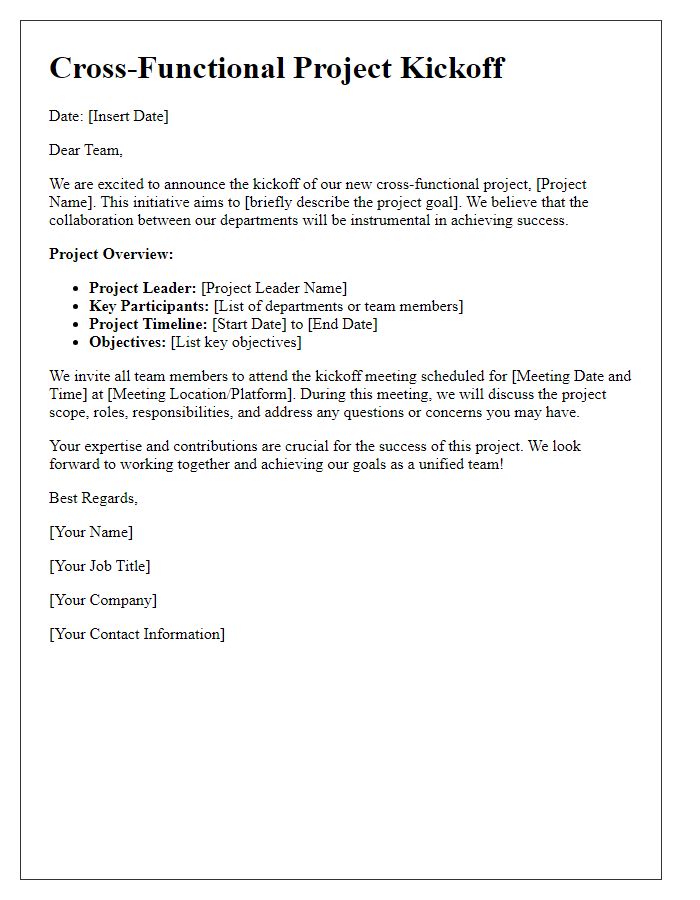
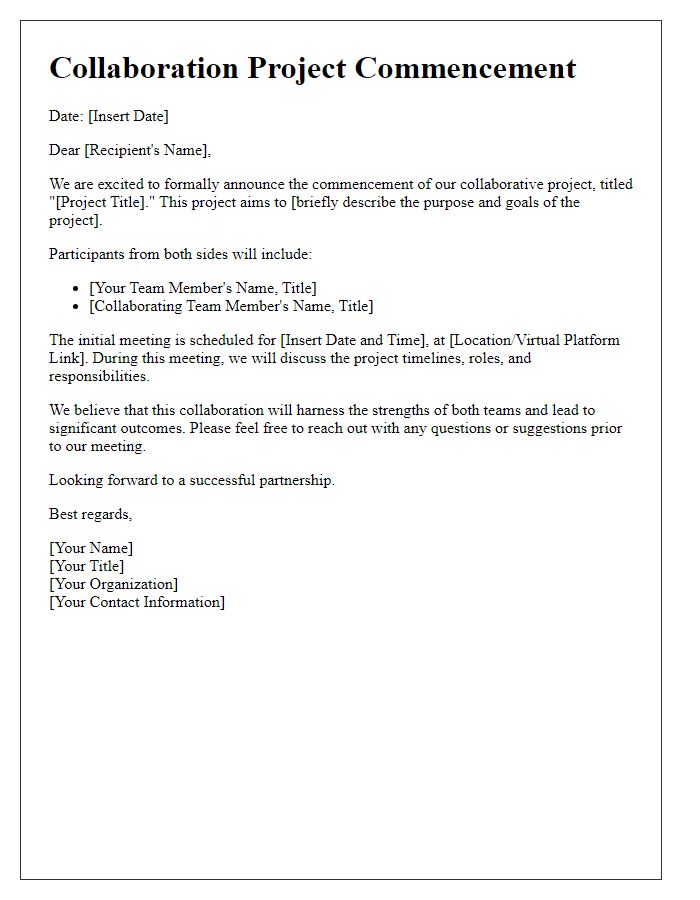


Comments